After barely surviving the Middle Ages (aka ‘The Dark Ages’), an era decimated by the infamous Black Death, Europeans saw the dawning of a new epoch celebrating ancient Greco-Roman ideals. This “rebirth” came to be known as ‘The Renaissance’, launching an intellectual and cultural movement that would forever change the world.
10. Body of Work
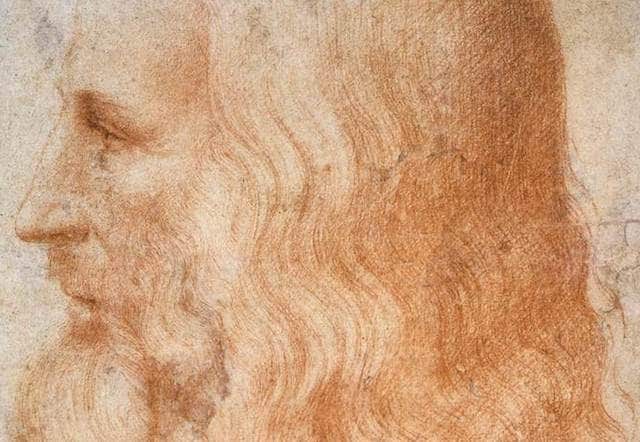
Leonardo Da Vinci and Michelangelo are deservedly worshipped for producing some of the most divine artwork ever created. As perfectionists, both men obsessed over the most granular details, especially regarding the human form in which they dissected cadavers to understand human anatomy better.
Unlike modern autopsy procedures that involve well-preserved subjects, slicing up stiffs in the 16th century was a rather ghoulish affair — not to mention the rank odor of rotting flesh. It was also illegal. But this didn’t stop these trailblazing artists from pursuing their craft, revealed in masterpieces found in top museums all over the world.
9. Wicked Smart!
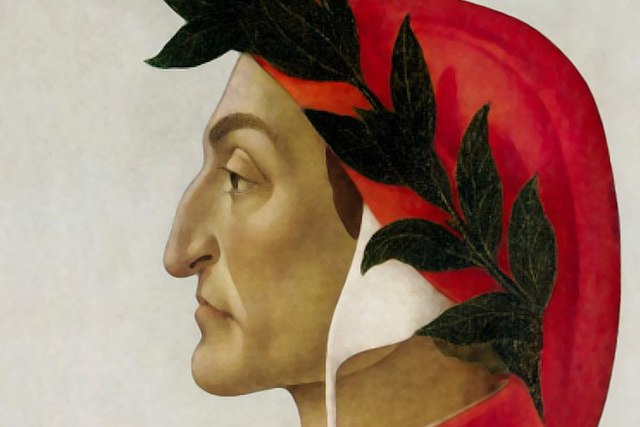
Although the Renaissance exalted the virtues of ancient humanities, several new vernacular languages began to replace traditional Greek and Latin. Renowned Italian poet Dante Alighieri played a fundamental role in this paradigm shift with his landmark epic poem, Divine Comedies, an allegorical (and somewhat biographical) journey through hell, purgatory, and paradise.
Until the 14th century, literature had been typically reserved for only the elite echelons of society. Dante changed all that, writing in his native Tuscan dialect, which allowed him to reach a much wider audience while pioneering a type of proto slang.
Dante is often referred to as “Il Sommo Poeta” (“Supreme Poet”) and served as a major influence for a phalanx of writers such as Geoffrey Chaucer, William Butler Yates, and TS Eliot. The legendary Florentine also impacted the form and structure of poetry itself by inventing terza rima, an interlocking three-line rhyme scheme.
8. Gutted-berg
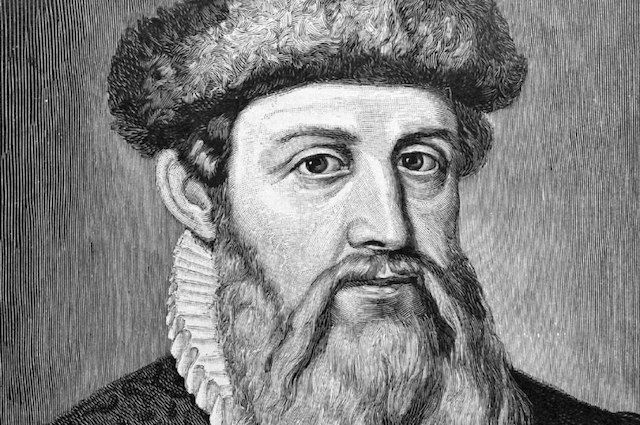
His invention is widely considered the most important innovation of the second millennium. In the mid 15th century, Johannes Gutenberg, a German inventor from the city of Mainz, introduced the concept of the metal movable type printing press to Europe. Sadly, he would die broke despite revolutionizing communication and fostering literacy among the masses.
Gutenberg’s first book ever printed using his invention was the “Forty-Two-Line” Bible, published around 1455. But shortly afterward, one of his business partners sued for him unpaid loans. This dispute forced Gutenberg into bankruptcy and eventually losing his entire print shop, including the famed printing press.
Today, his immeasurable contribution is honored at the Gutenberg Museum in the entrepreneur’s former hometown. Among the numerous permanent exhibits are Gutenberg’s workshop and two original Gutenberg Bibles.
7. Menagerie de Medici
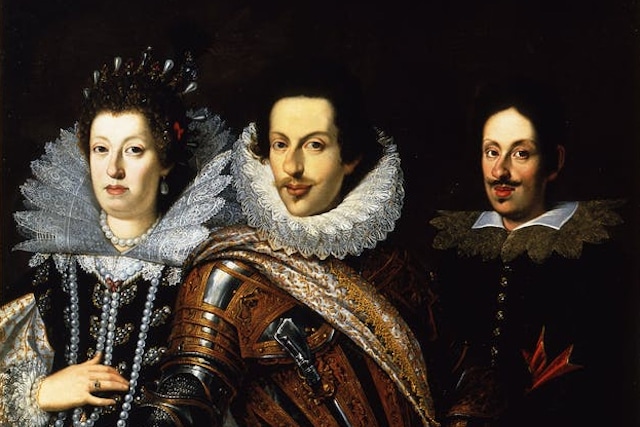
It’s been said money can’t buy happiness, but it can buy a helluva of a lot of other things — like a zoo. As generous patrons of the arts, the Medici family spent lavishly on beautifying their beloved city of Florence, which featured a spectacular menagerie of exotic animals.
The Medici dynasty thrived as one of the wealthiest and most influential families in Europe throughout most of the 15th century. In 1487, the Burji Sultan of Egypt, in an attempt to curry favor with the powerful Florentines, presented Lorenzo de’ Medici with a North African giraffe. Large crowds flocked to see the long-necked mammal, which later became immortalized in several famous renaissance paintings such as “The Gathering of Manna” by Francesco Bacchiacca in 1540.
6. Fashion Icon
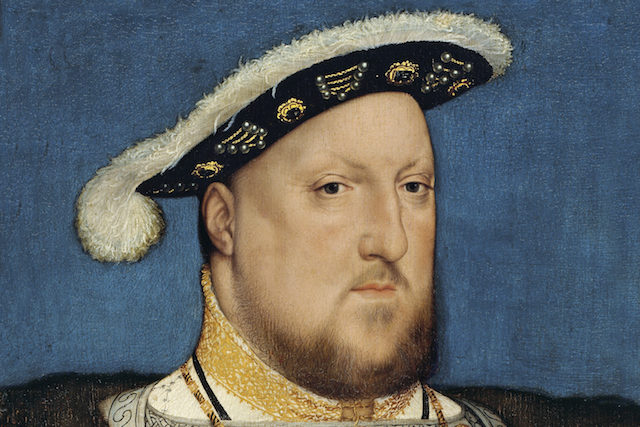
Henry VIII is probably best known as the portly British monarch who famously feuded with the Catholic Church and had two of his six wives beheaded. However, the Tudor king also left an indelible mark as a contemporary fashionista.
As a man not lacking in charisma, uniqueness, nerve, and talent, Henry pioneered square-toed shoes and a sleeveless velvet jacket accented with puffy sleeves. He is reputed to have spent up to 16,000 ducats on clothing annually (roughly about $3 million).
The dynamic ruler also enforced Sumptuary Laws, a code that restricted the colors that commoners could wear. For example, only members of the royal family were permitted to wear purple — a practice dating back to the nobility of ancient Rome.
5. Holy Hell
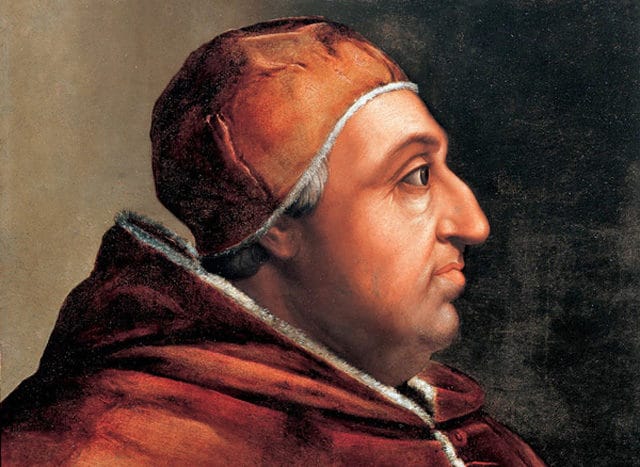
As head honcho of the Catholic Church, the Pope shoulders a tremendous amount of responsibility. Alexander VI dealt with these extreme pressures by blowing off steam at extravagant orgies and having his enemies whacked. He also fathered at least a half dozen illegitimate children by several different women.
Born Rodrigo Borgia into a Spanish family of modest means, the future pontiff managed to scheme, steal and bribe his way into the Vatican. At the time of his death in 1503, the name ‘Borgia’ had become a byword for immorality and corruption.
His reputation for indulgence and vice later prompted Julius II to famously say, “I will not live in the same rooms as the Borgias lived. He desecrated the Holy Church as none before.”
4. Boy Wonder
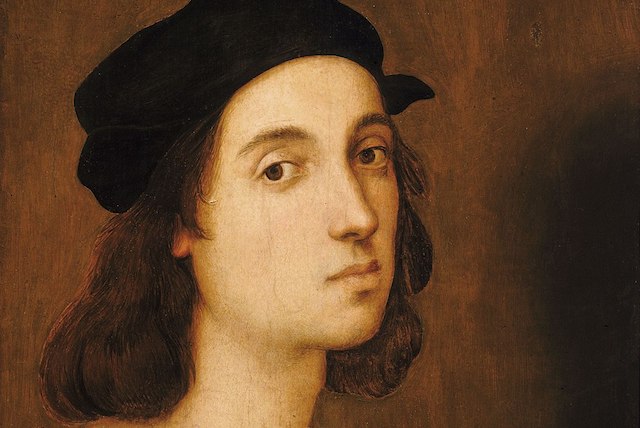
At an age when most young men worry about finding a job and earning a few ducats, Raphael was already considered a master painter. The prodigy would also become an accomplished architect, adding to his renown which included a series of large frescoes in the Vatican’s Apostolic Palace known as the Stanze di Raffaello (The Raphael Rooms).
Raphael stayed busy throughout most of his career with lucrative commissions, such as portraits of popes Julius II and Leo X. While in Rome on his 37th birthday, he died unexpectedly of mysterious causes. At the time, the maestro had been putting the finishing touches on his breathtaking “The Transfiguration.”
3. Marble-lous
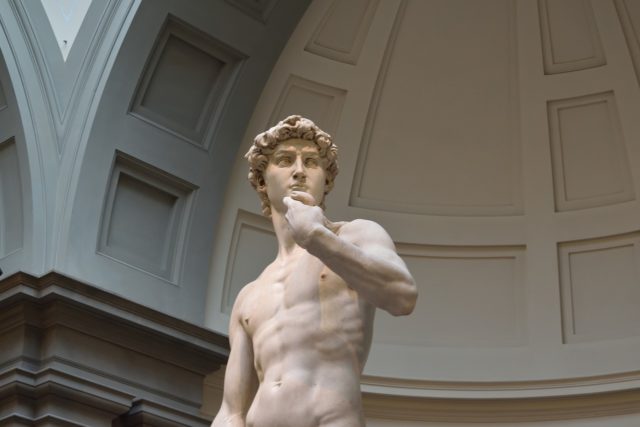
The colossal nude statue of David easily stands as the most famous artwork at the Academia Galleria in Florence — and possibly the entire world. Yet, amazingly, the backstory behind its creation is equally astonishing and underscores Michelangelo’s painstaking devotion to his craft.
For 25 years, an enormous slab of rare white marble lay dormant in the courtyard of the Opera del Duomo in Florence. Other prominent artists had abandoned previous attempts to use the material due to the difficulty and large scale. Then along came Michelangelo.
Beginning in 1501, he began sculpting the biblical hero, working day and night relentlessly for two years, often sleeping with his boots on. In the end, the monument measured nearly 17 feet tall and weighed over 12,000 pounds.
Also, for the record, David only killed one giant, whereas Michelangelo put up prolific numbers throughout his Hall of Fame career. His highlight reel even features the first design of God, depicted as a wise older man with long white hair and a beard, immortalized on the ceiling of the Sistine Chapel. Just sayin.’
2. Dead Clever
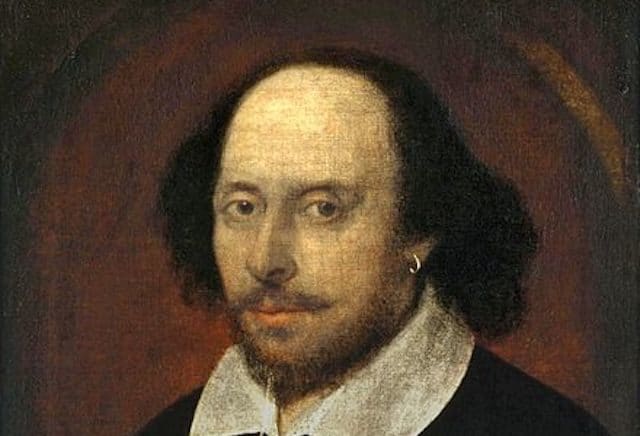
More than 400 years after his death, William Shakespeare remains the undisputed heavyweight champion of playwrights. This, dear friends, is not a lie nor deceit. (Sorry, gratuitous iambic pentameter.) Such was his rapier wit, “The Bard” had the wherewithal to cement his legacy by penning a cheeky epitaph carved over his tomb.
When Shakespeare died on April 23, 1616, at the age of 52, his body was buried inside Holy Trinity Church in his hometown of Stratford-upon-Avon. As a deterrent against potential grave robbers who plundered England’s cemeteries at the time, the verse covering his grave reads as follows (modern translation):
“Good friend, for Jesus’ sake forbeare,
To dig the dust enclosed here.
Blessed be the man that spares these stones,
And cursed be he that moves my bones.”
1. Her Smile
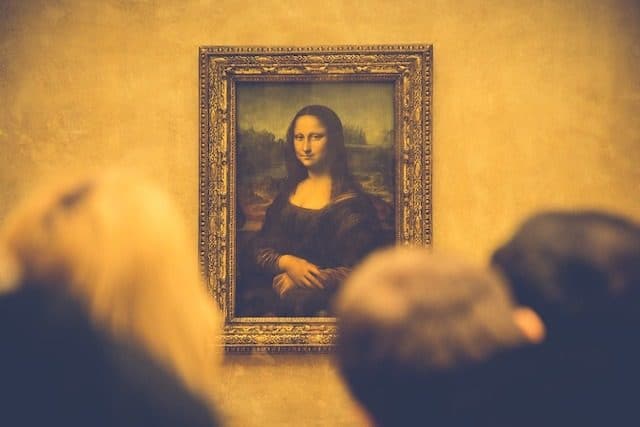
The word ‘genius’ is often bandied about far too much to the point of blunting its intended meaning. However, beyond any modicum of doubt, Leonardo da Vinci possessed a staggering intellect and talent, and whose most famous painting continues to mesmerize overflowing crowds at The Louvre in Paris.
Fuelled by an insatiable curiosity, Leonardo combined science, chemistry, and optics into the artistic process, an acumen that included how the retina processes perceptions. This comprehensive approach shines brightly in his greatest triumph, the Mona Lisa, which took 16 years of meticulous labor to complete.
Author Walter Issacson, in his sweeping biography on the ultimate ‘renaissance man’, writes: “The magic of the Mona Lisa’s smile is that it seems to react to our gaze. What is she thinking? She smiles back mysteriously. Look again. Her smile seems to flicker. We glance away, and the enigmatic smile lingers in our minds, as it does in the collective mind of humanity. In no other painting are motion and emotion, the paired touchstones of Leonardo’s art, so intertwined. The result was a masterpiece that invites and responds to human interactions, making Leonardo a pioneer of virtual reality.”